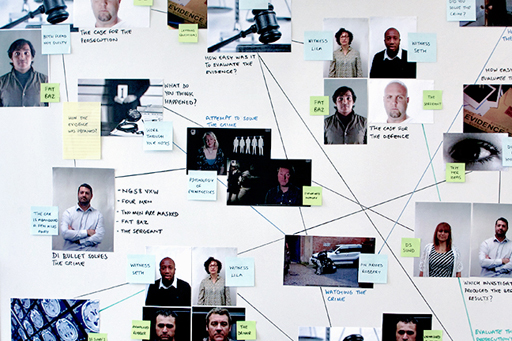5 Summary of Week 7

The Greater Manchester Police managed to produce a very accurate account of how the crime occurred, and also used identification procedures to identify the two perpetrators whose faces were visible.
Being able to see a video of what happened after their investigation proved an invaluable tool, as it allowed them to see how well the investigative techniques they employed worked. It is important to note that their investigation was conducted in a similar fashion to that of DS Sund, in that they used the cognitive interview and VIPER video identification parade procedure, both of which helped to avoid leading questions and biased techniques.
However, no matter how good the investigative techniques are and how well they are designed to make the most of psychological knowledge, it is important to remember that eyewitness evidence is very often unreliable – and that telling accurate from inaccurate memories can be impossible!
Next week, you’ll explore some of the latest research into the psychology of eyewitnesses and also test the knowledge you have gained throughout this course.
You can now go to Week 8 [Tip: hold Ctrl and click a link to open it in a new tab. (Hide tip)] .
